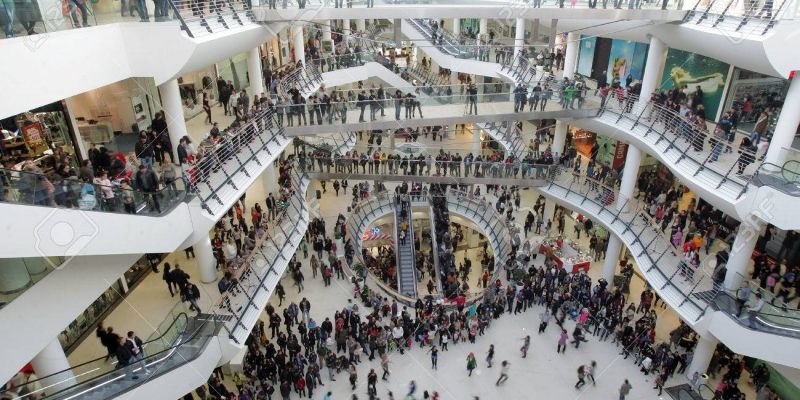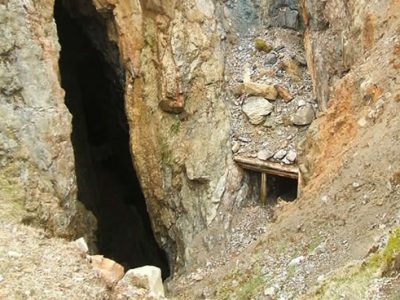The vibrant capital of Zimbabwe, Harare, is undergoing an unprecedented transformation, now referred to as the “City of Malls.” Once characterized by bustling markets and traditional storefronts, Harare is now embracing a new era where expansive shopping malls serve as hubs of commerce and social interaction. While this shift, driven by evolving consumer preferences, safety considerations, and significant economic challenges, may seem progressive, it also reflects profound societal changes that carry hidden pitfalls. As banks and supermarkets abandon traditional town centers for these modern complexes, a troubling narrative of adaptation and loss emerges.
Convenience is often touted as a key driver of this migration to malls among consumers. However, this convenience comes at a cost. The growing urban population demands integrated shopping experiences, but the proliferation of malls often leads to the neglect of local businesses that cannot compete with the vast resources of corporate retailers. Malls provide a comprehensive destination where people can shop for clothing, buy groceries, dine, and access banking services—all in one location. Yet, this homogenization of shopping experiences threatens the unique character of local markets, diminishing the diversity of retail options available to consumers.
Safety is frequently highlighted as a reason for the preference for shopping malls. Traditional town centers in Harare have faced crime issues, prompting consumers to seek the perceived security of malls. While these complexes typically feature enhanced security measures, such as surveillance systems and security personnel, the underlying societal issues of crime and poverty remain unaddressed. The focus on mall security diverts attention from the root causes of insecurity, perpetuating a cycle where the real problems are ignored in favor of superficial fixes. Moreover, the emphasis on safety in malls often comes at the expense of community engagement, as people become more isolated within these controlled environments.
By Ropafadzo Mashawi
Zimbabwe’s economic instability—marked by hyperinflation, currency fluctuations, and high unemployment—further complicates the retail landscape. While malls may seem to offer a refuge for businesses, they often exacerbate existing inequalities. Rising operational costs and the challenges of maintaining traditional retail spaces have driven many corporations to seek refuge in shopping malls, which can afford to offer more favorable lease terms. However, this shift often pushes local entrepreneurs out of the market, leading to a loss of livelihoods for those who cannot afford to compete with corporate giants. Additionally, the high unemployment rate influences consumer spending habits, shifting them toward more affordable options and convenience, but at what cost to local economies?
Public sentiment about this transformation is mixed, revealing a deeper discontent. Many citizens appreciate the convenience and variety that shopping malls provide. “Having everything in one place is fantastic,” remarks an anonymous, a young citizen. “I can shop, eat, and visit the bank all during one trip.” However, this convenience often comes with a sense of loss. Chipo, a long-time vendor, expresses concern about the decline of traditional markets and local businesses: “I’m worried that our local shops will vanish. While malls are great, they can’t replace the community feel we had in the markets.” This perspective underscores the tension between the allure of modern retail environments and the cultural significance of traditional marketplaces, which foster community bonds and local economic resilience.
For businesses, relocating to malls may promise increased foot traffic, but it often leads to a dilution of brand identity and local engagement. Shopping malls create a modern and inviting atmosphere, yet they risk homogenizing the shopping experience, making it harder for unique local brands to thrive. For banks, being situated in a lively shopping environment enhances accessibility, but it can also lead to a more transactional relationship with customers, as personal connections are lost. Supermarkets are leveraging this opportunity to rebrand, crafting inviting spaces that encourage exploration, but the focus on consumerism often overshadows the needs of the community.
As Harare continues to evolve, the trend of developing shopping malls shows no signs of slowing down. Urban planning initiatives that prioritize these complexes reflect a growing recognition of contemporary consumer needs, yet they often overlook the detrimental effects on local economies and communities. With more malls emerging, they are set to reshape the retail scene, but this transformation raises questions about the future of local businesses, community cohesion, and the cultural identity of Harare.
In conclusion, while Harare’s transition into a city of malls may appear to be a sign of progress, it is essential to recognize the hidden challenges that accompany this shift. The convenience and safety offered by malls come at the expense of local businesses, community engagement, and cultural diversity. As citizens navigate this changing landscape, their voices will be crucial in shaping a future that balances modern retail demands with the preservation of Harare’s unique identity and local economic vitality





Comments